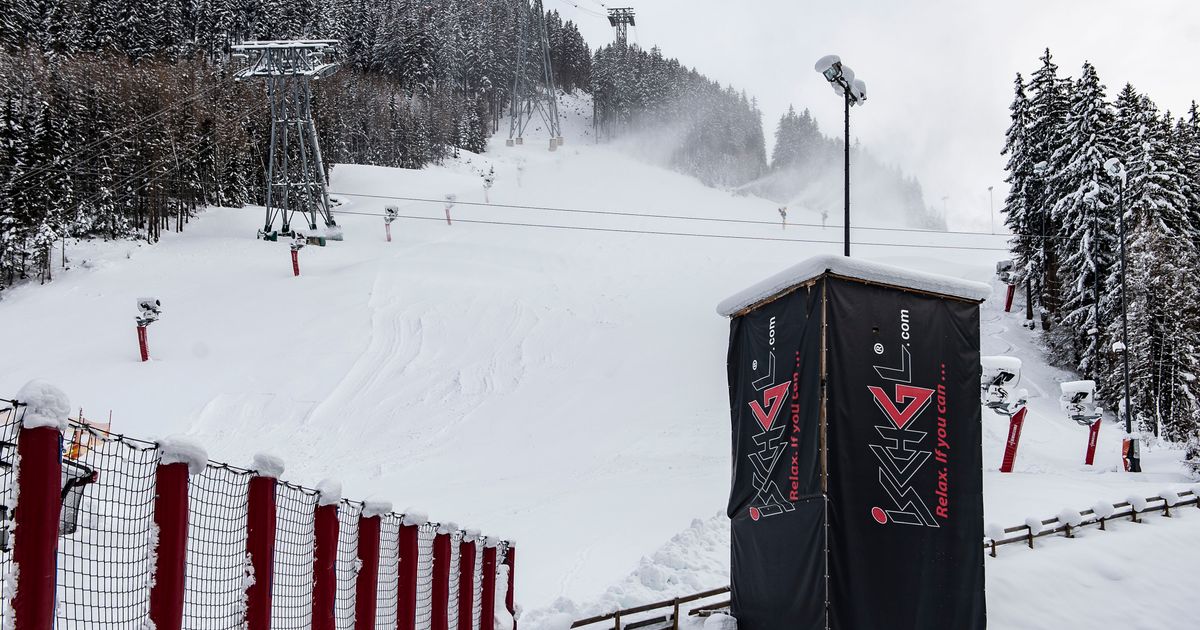Unemployment in winter sports regions rose 25-fold | Tyrolean daily newspaper online
In Ischgl war jeder siebente Einwohner im Jänner arbeitslos gemeldet, in Galtür jeder fünfte.
© Böhm
Vienna – The corona crisis has caused unemployment in winter sports regions to explode. As labor market data evaluated by OGM and APA show, the number of unemployed in the eleven largest tourist locations has risen 25-fold. In Galtür every fifth inhabitant was registered as unemployed in January, in Ischgl every seventh. The industry is therefore pushing for a brisk opening. From the point of view of experts, however, this would not lead to a rapid decline in unemployment everywhere.
Across Austria, 468,000 people were recently unemployed – almost a third more than in January 2020, before the outbreak of the pandemic. However, the analysis shows clear regional differences: While unemployment has even fallen in some more rural communities, the winter sports regions were “hit with full force”, as Johannes Klotz from OGM says. In the Tyrolean district of Landeck – this is where the large ski areas of Ischgl and St. Anton are located – more than four times as many unemployed people were registered in January as before Corona.
The situation is similar in other ski hotspots: unemployment has more than tripled in the Kitzbühel district, at least doubled in the Bludenz district with the large ski areas on the Arlberg, in Salzburg’s Pongau and in Pinzgau. In individual winter sports resorts, the increase is significantly higher. So last January there were just 25 unemployed in Sölden, this year it was 454. In Lech am Arlberg unemployment rose from five to 231 and in Galtür 168 out of 766 inhabitants were registered as unemployed in January. In January before Corona there were just two.
Wifo economist: Restart probably only in the summer
In total, 73,000 unemployed people worked in tourism earlier in January (an increase of 113 percent). In addition, there are another 138,000 short-time workers. According to Wifo economist Oliver Fritz, even the rapid opening required by the industry would only bring about a gradual recovery. “In many parts of Austria, no matter what decision is made by politics, tourism will only restart at the beginning of summer,” says Fritz. In addition, an opening in mid-March or in April would have very different effects from region to region. From his point of view, the thermal regions in southern Burgenland and Styria would benefit. “For destinations in alpine regions, the question would be whether you actually open or not wait until June.”
OGM expert Klotz also points out that the lockdown not only affects the tourist communities themselves, but also has an impact on the surrounding area – for example on suppliers. A comparison of the federal states also shows how strongly entire regions of Austria depend on winter tourism: While January unemployment rose by an average of almost a third (31.8 percent), the increase in Tyrol was 132 percent, in Salzburg 80 and in Vorarlberg 57 Percent. In Vienna, unemployment rose by a good quarter (26 percent). The increase was lowest in Lower Austria (17 percent unemployed), Burgenland (19) and Upper Austria (22).
The shortage of skilled workers could worsen
In total, around 300,000 full-time jobs were directly or indirectly dependent on tourism before the corona crisis. “We will probably not reach this peak in the next ten years”, expects Thomas Reisenzahn, the managing director of Prodinger Tourismusberatung. He also fears a shortage of skilled workers – for example among chefs – should qualified personnel migrate to other industries. “40 percent are seasonal employees. They will think about whether to stay loyal to tourism, ”said Reisenzahn.
Wifo tourism expert Fritz points out, however, that employees in rural regions are dependent on jobs in tourism due to the lack of alternatives. And here climate change is also presenting winter tourism with a mammoth task. Hotels below 2,000 meters would have to worry about the falling snow reliability in the longer term. “There is still too little awareness there,” says Fritz. Industry consultant Reisenzahn also sees a need to catch up in sustainability. In this country only seven percent of winter sports enthusiasts travel by public transport, in Switzerland almost a quarter. “Corona is an accelerator for the topic.” (APA)
